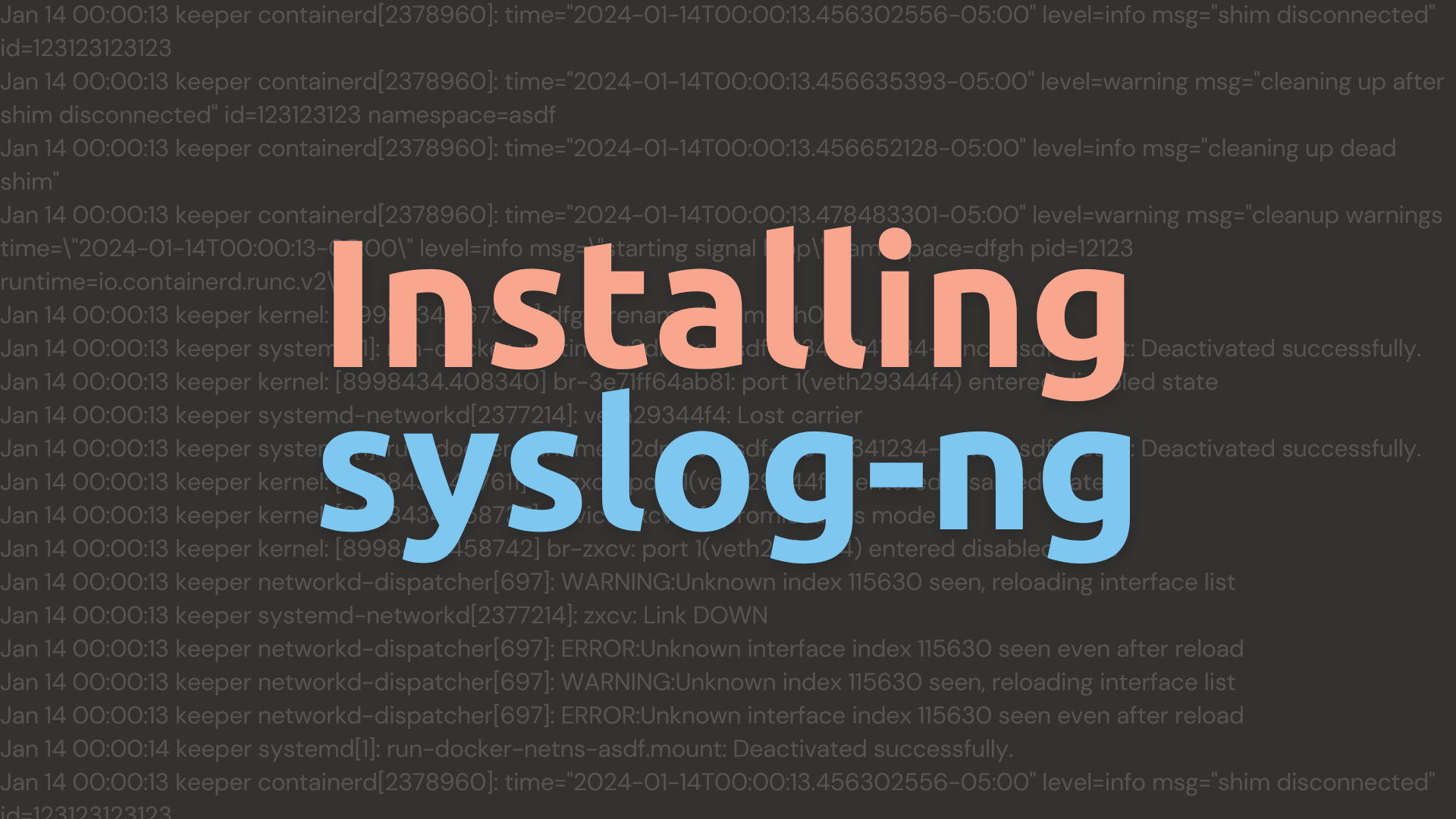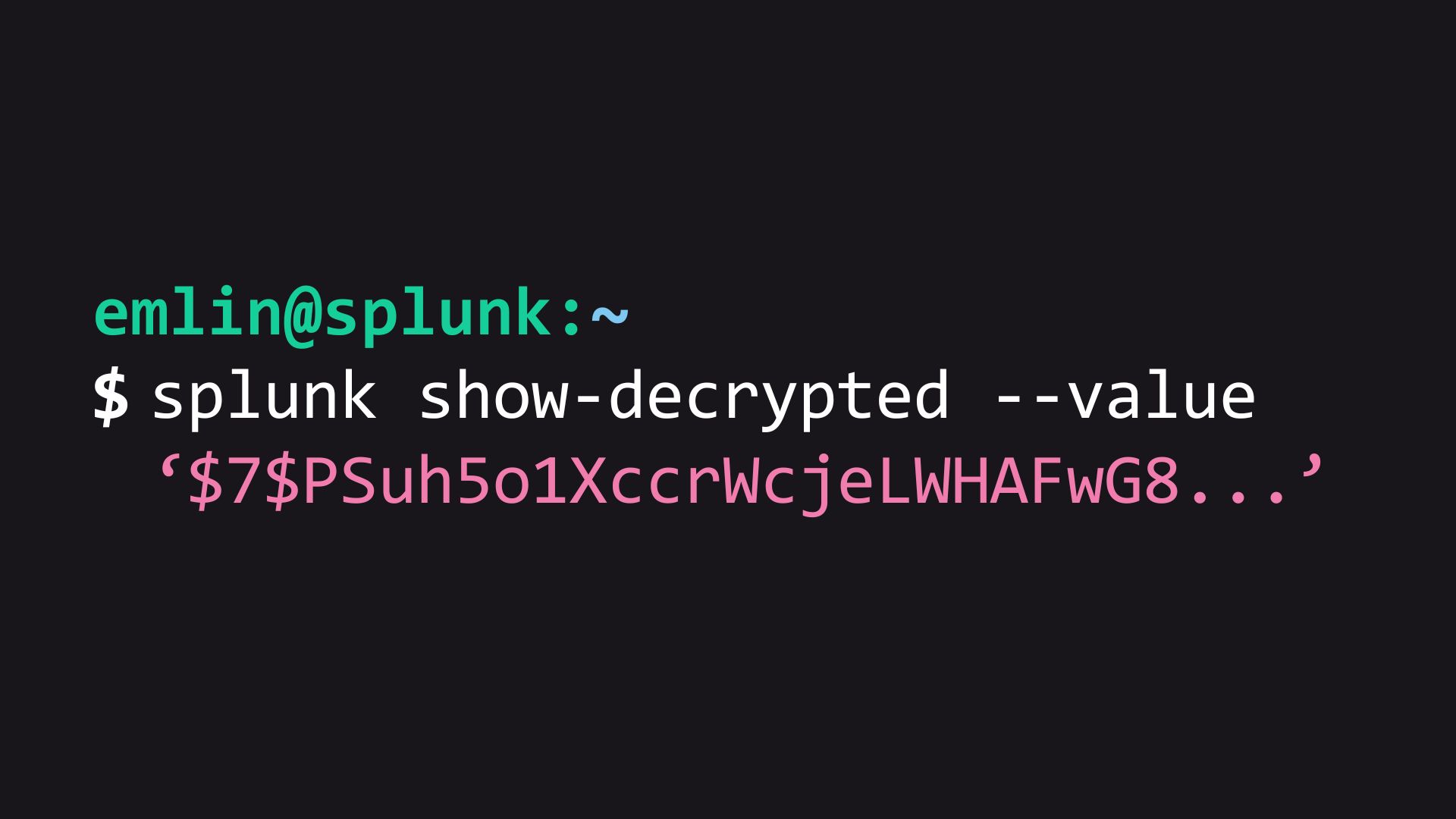
How to Delete Old Logs Automatically When Using Syslog-NG
Let’s take a look at how to automatically delete old logs when using Syslog-NG. This doesn’t just apply to Syslog-NG, but it’s a common use case.

Let’s take a look at how to automatically delete old logs when using Syslog-NG. This doesn’t just apply to Syslog-NG, but it’s a common use case.

In this guide, we will walk you through the process of creating a Syslog-NG configuration that caches and organizes syslog data on disk. Additionally, we will delve deep into the structure of the config, examining each option we utilize. Finally, we will explore configuring ‘catch-all’ entries.

In this guide, we’ll walk you through the process of installing Syslog-NG on your Ubuntu or any other Debian-based Linux distribution. Syslog-NG is a powerful logging and event management tool used widely in cybersecurity and system administration. Follow these steps to get it up and running on your system.

Have you ever needed to locate and replace encrypted secrets in your Splunk configurations? It’s a tricky task that requires careful handling. In this article, we’ll guide you through the process.

Splunk’s index retention settings might seem tricky because they involve various options. If you don’t fully understand these configuration options, you could encounter problems like data being deleted too early or not being removed as expected. Let’s explore some important index retention settings in indexes.conf.